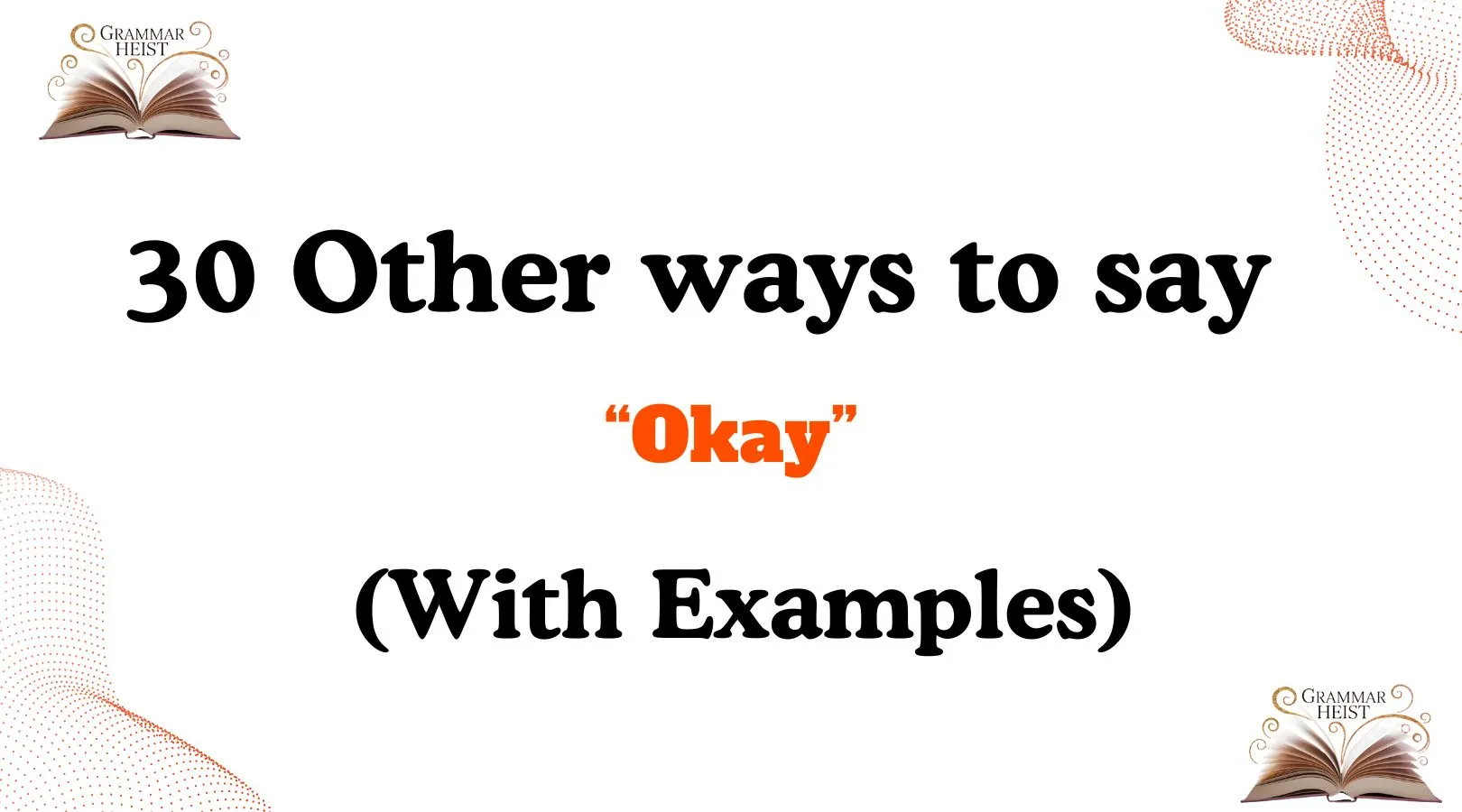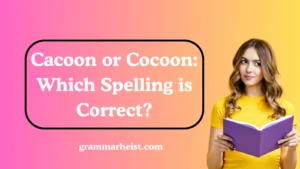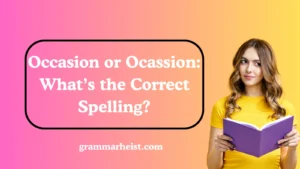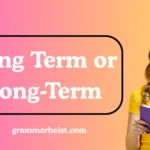In our daily conversations, the word “okay” might seem simple and harmless, but sometimes it can feel a bit flat or lack the emotional depth we want to convey. Whether you’re confirming a plan, agreeing with someone, or just acknowledging information, finding more thoughtful or expressive ways to say “okay” can make your communication feel warmer and more intentional.
In this article, we’ll explore 30 alternatives to “okay” that you can use to communicate more effectively and with care. These alternatives will help you sound engaged, positive, and thoughtful, no matter the situation.
Is It Professional/Polite to Say “Okay”?
While “okay” is perfectly polite and widely used in both personal and professional contexts, there are times when you might want to choose a more specific or expressive alternative. In some settings, especially formal ones, “okay” might sound too casual or even disengaged. By using different expressions, you can elevate your communication and match your tone to the situation at hand.
Pros and Cons
Pros:
- Simple and clear.
- Universal and widely understood.
- Casual and friendly tone.
Cons:
- Can sound too informal in certain situations.
- May come across as indifferent or disengaged.
- Lacks emotional warmth or enthusiasm in some contexts.
Synonyms For Okay
- Sounds Good
- Sure
- Absolutely
- Of Course
- Got It
- Alright
- I’m On It
- Consider It Done
- No Problem
- I’m Fine With That
- Sounds Like a Plan
- I Can Do That
- Definitely
- I’ve Got No Issues With That
- Count Me In
- Sure Thing
- You Bet
- I’m Down
- No Worries
- I’m Good With That
- Works for Me
- Fine By Me
- That’s Good
- I’m Cool With That
- I’m All In
- I’m Good
- That’s Fine
- Sure, No Problem
- I’ve Got It Covered
- I’m Game
1. “Sounds Good”
Scenario: When agreeing with someone or confirming a plan.
Examples:
- “Sounds good, I’ll meet you at 3 PM.”
- “Sounds good, let’s go with that idea!”
- “Sounds good to me, I’ll get started right away.”
Tone: Positive, friendly.
Explanation: “Sounds good” is an upbeat way to agree, showing you’re on board with what’s being proposed.
2. “Sure”
Scenario: A simple confirmation, especially when the decision is easy.
Examples:
- “Sure, I can help with that.”
- “Sure, I’ll take care of it.”
- “Sure, that works for me!”
Tone: Casual, polite.
Explanation: “Sure” is an informal yet polite way to say yes without over-committing, perfect for casual exchanges.
3. “Absolutely”
Scenario: When you want to express enthusiastic agreement.
Examples:
- “Absolutely, I’d love to help!”
- “Absolutely, that sounds like a great plan!”
- “Absolutely, I agree with that suggestion.”
Tone: Enthusiastic, positive.
Explanation: “Absolutely” shows eagerness and strong agreement, making it a great option when you’re really on board with something.
4. “Of Course”
Scenario: When you want to express readiness or certainty.
Examples:
- “Of course, I can handle that.”
- “Of course, I’ll send it over right away.”
- “Of course, that works perfectly for me.”
Tone: Polite, confident.
Explanation: “Of course” is a reassuring and confident way to agree, implying you’re happy to do what’s requested.
5. “Got It”
Scenario: When acknowledging a request or confirming that you understand something.
Examples:
- “Got it, I’ll follow up on that task.”
- “Got it, I’ll make the changes right away.”
- “Got it, I’ll make sure to do that.”
Tone: Casual, efficient.
Explanation: “Got it” is a quick, informal way to confirm that you understand and are ready to take action.
6. “Alright”
Scenario: A casual and friendly way to confirm something.
Examples:
- “Alright, I’ll see you at the meeting.”
- “Alright, that sounds great!”
- “Alright, I’m on it.”
Tone: Friendly, neutral.
Explanation: “Alright” is a versatile and casual expression, often used to confirm plans or agreements in a laid-back manner.
7. “I’m On It”
Scenario: When you want to confirm you will take action immediately.
Examples:
- “I’m on it, I’ll handle that task for you.”
- “I’m on it, you don’t have to worry.”
- “I’m on it, I’ll get started right away.”
Tone: Enthusiastic, proactive.
Explanation: This phrase shows a sense of urgency and readiness to tackle something, perfect when you’re taking responsibility for a task.
8. “Consider It Done”
Scenario: When you want to show confidence that something will be completed.
Examples:
- “Consider it done, I’ll take care of it now.”
- “Consider it done, I’ll handle the arrangements.”
- “Consider it done, I’ve got this covered.”
Tone: Confident, assertive.
Explanation: This phrase communicates certainty and assurance that the task will be completed without issue.
9. “No Problem”
Scenario: When you’re offering help or confirming something is easy to do.
Examples:
- “No problem, I’ll take care of that for you.”
- “No problem, I can handle it.”
- “No problem, I’ll get it done quickly.”
Tone: Casual, reassuring.
Explanation: “No problem” makes you sound accommodating and friendly, letting the other person know that their request won’t be an issue.
10. “I’m Fine With That”
Scenario: When you want to express agreement or contentment with a suggestion.
Examples:
- “I’m fine with that, let’s move forward.”
- “I’m fine with that option, go ahead.”
- “I’m fine with that idea, it works for me.”
Tone: Calm, agreeable.
Explanation: This phrase conveys a relaxed and cooperative tone, showing you’re happy to proceed without any hesitation.
11. “Sounds Like a Plan”
Scenario: When you’re excited or happy about a proposal.
Examples:
- “Sounds like a plan, I’ll meet you there!”
- “Sounds like a plan, I’m looking forward to it.”
- “Sounds like a plan, I’ll get the details ready.”
Tone: Positive, upbeat.
Explanation: This is a fun and enthusiastic way to confirm a plan, letting the other person know you’re ready and excited.
12. “I Can Do That”
Scenario: When you want to confirm that you’re capable of handling a request.
Examples:
- “I can do that, don’t worry about it.”
- “I can do that, I’ll take care of it right now.”
- “I can do that, I’m happy to help!”
Tone: Confident, eager.
Explanation: This phrase conveys that you are willing and able to complete the task with enthusiasm.
13. “Definitely”
Scenario: When you want to express firm agreement or certainty.
Examples:
- “Definitely, that’s a great idea!”
- “Definitely, I’m on board with that plan.”
- “Definitely, I’ll handle that for you.”
Tone: Strong, assertive.
Explanation: “Definitely” expresses certainty and commitment, making it a great alternative when you want to emphasize your agreement.
14. “I’ve Got No Issues With That”
Scenario: When you want to indicate that you’re perfectly fine with a suggestion.
Examples:
- “I’ve got no issues with that, let’s proceed.”
- “I’ve got no issues with that approach, it sounds good.”
- “I’ve got no issues with that at all, go ahead.”
Tone: Calm, cooperative.
Explanation: This expression is polite and nonchalant, making it clear that you’re comfortable with the proposal.
15. “Count Me In”
Scenario: When you want to enthusiastically confirm your participation.
Examples:
- “Count me in, I’m excited for this!”
- “Count me in, I’m all for it.”
- “Count me in, I’ll be there.”
Tone: Enthusiastic, engaged.
Explanation: “Count me in” is a great way to show eagerness and excitement about a plan or event.
16. “Sure Thing”
Scenario: When confirming something in a laid-back but affirmative way.
Examples:
- “Sure thing, I’ll take care of it right away.”
- “Sure thing, that works for me.”
- “Sure thing, I’ve got it covered.”
Tone: Casual, confident.
Explanation: “Sure thing” is friendly and laid-back, indicating that you’re happy with what’s been suggested.
17. “You Bet”
Scenario: When expressing strong enthusiasm or confidence.
Examples:
- “You bet, I’ll get it done.”
- “You bet, I’m on board with that idea.”
- “You bet, I’ll make sure it happens.”
Tone: Confident, positive.
Explanation: This expression adds a bit of flair and excitement, showing that you’re fully invested in the plan.
18. “I’m Down”
Scenario: A casual, informal way of agreeing, often used among friends.
Examples:
- “I’m down for that, let’s do it.”
- “I’m down, I think it sounds fun.”
- “I’m down, count me in!”
Tone: Informal, enthusiastic.
Explanation: “I’m down” is very casual and shows you’re willing and excited to go along with something.
19. “No Worries”
Scenario: When you want to assure someone that everything is fine.
Examples:
- “No worries, I’ve got it covered.”
- “No worries, I’ll take care of that for you.”
- “No worries, it’s all under control.”
Tone: Reassuring, calm.
Explanation: “No worries” helps put the other person at ease, indicating that you’re completely okay with the situation.
20. “I’m Good With That”
Scenario: When you want to confirm you’re happy with a plan.
Examples:
- “I’m good with that, let’s move forward.”
- “I’m good with that option.”
- “I’m good with that, it works for me.”
Tone: Casual, agreeable.
Explanation: This is a laid-back way to express approval, signaling that you’re fine with the idea or plan.
21. “Works for Me”
Scenario: When you agree with a plan or decision without any concerns.
Examples:
- “Works for me, I’ll be there at 2 PM.”
- “That works for me, I’m happy with it.”
- “Works for me, I think it’s a great idea!”
Tone: Casual, agreeable.
Explanation: “Works for me” is a relaxed and easygoing way to express that you’re fine with what’s been proposed.
22. “Fine By Me”
Scenario: When you are comfortable with a suggestion or plan.
Examples:
- “Fine by me, let’s go ahead with that.”
- “Fine by me, I don’t see any issues with it.”
- “Fine by me, let’s stick to that schedule.”
Tone: Calm, nonchalant.
Explanation: This phrase shows you’re perfectly okay with something, often without a strong emotional reaction.
23. “That’s Good”
Scenario: When acknowledging something in a positive way.
Examples:
- “That’s good, I like the new idea.”
- “That’s good, let’s move forward with it.”
- “That’s good, I agree with the plan.”
Tone: Positive, neutral.
Explanation: “That’s good” is a simple and positive way to acknowledge that something works for you.
24. “I’m Cool With That”
Scenario: When you want to confirm your agreement, especially in casual contexts.
Examples:
- “I’m cool with that, no problem.”
- “I’m cool with that decision, it sounds great.”
- “I’m cool with that idea, let’s go for it.”
Tone: Casual, relaxed.
Explanation: This is a very laid-back way of expressing agreement, often used in informal conversations.
25. “I’m All In”
Scenario: When you want to express strong enthusiasm and commitment.
Examples:
- “I’m all in for this project!”
- “I’m all in, count me in for the trip!”
- “I’m all in, let’s do this!”
Tone: Enthusiastic, committed.
Explanation: “I’m all in” shows excitement and readiness to fully engage with whatever is being proposed.
26. “I’m Good”
Scenario: When you’re satisfied or comfortable with a plan.
Examples:
- “I’m good, thanks for asking!”
- “I’m good with that, let’s do it.”
- “I’m good, everything looks great to me.”
Tone: Relaxed, satisfied.
Explanation: “I’m good” indicates that you’re content and don’t require further discussion, often used in informal contexts.
27. “That’s Fine”
Scenario: When you’re agreeing without objection.
Examples:
- “That’s fine, I’m happy to go along with that.”
- “That’s fine, I don’t mind at all.”
- “That’s fine, I think it will work well.”
Tone: Calm, neutral.
Explanation: This phrase signals that you’re accepting and okay with a suggestion without being overly enthusiastic.
28. “Sure, No Problem”
Scenario: When confirming your willingness to do something in a reassuring way.
Examples:
- “Sure, no problem at all, I’ll handle it.”
- “Sure, no problem, I can get it done.”
- “Sure, no problem, I’ll send it right over.”
Tone: Reassuring, polite.
Explanation: “Sure, no problem” emphasizes that you’re more than willing to help and it won’t be an issue for you.
29. “I’ve Got It Covered”
Scenario: When you want to reassure someone that you are handling the task.
Examples:
- “I’ve got it covered, don’t worry about it.”
- “I’ve got it covered, I’ll take care of everything.”
- “I’ve got it covered, leave it to me!”
Tone: Confident, reassuring.
Explanation: This phrase communicates that you are fully responsible for the task and that everything is under control.
30. “I’m Game”
Scenario: When you want to express excitement and willingness to participate.
Examples:
- “I’m game, let’s do it!”
- “I’m game for that plan!”
- “I’m game, count me in for the adventure.”
Tone: Fun, enthusiastic.
Explanation: “I’m game” is a lively and playful expression, showing that you’re ready and excited to be involved.
Conclusion
Saying “okay” may be a quick and easy way to confirm something, but these 30 alternatives offer a variety of tones and nuances that can make your response more engaging, enthusiastic, and thoughtful. From casual phrases like “I’m down” to more confident affirmations like “I’ve got it covered,” these alternatives will help you communicate in ways that suit different situations and show your engagement.

Emma Rose is a dedicated writing expert with a passion for helping others enhance their communication skills. With a strong background in grammar, language structure, and style, Emma empowers individuals to write with clarity, confidence, and impact. Her approach combines a keen attention to detail with a supportive, personalized touch, ensuring each person she works with improves and grows in their writing journey.













